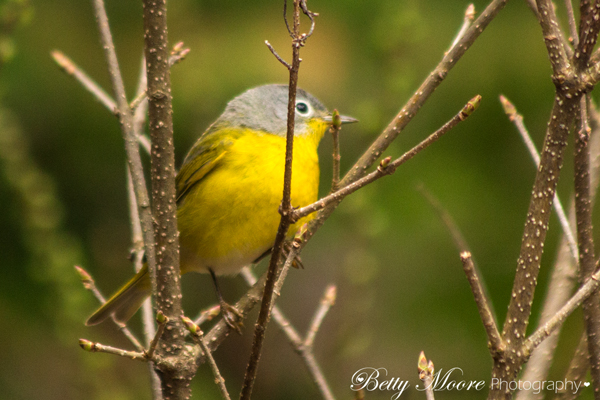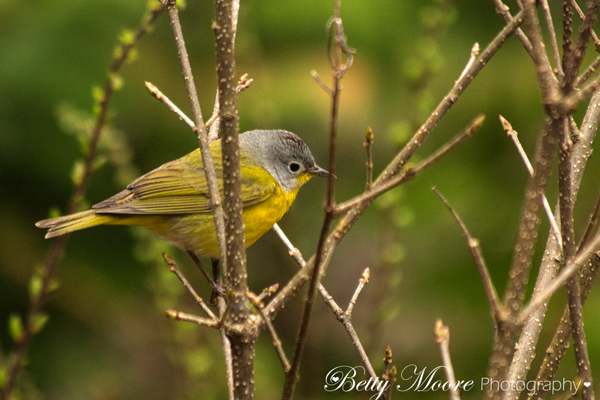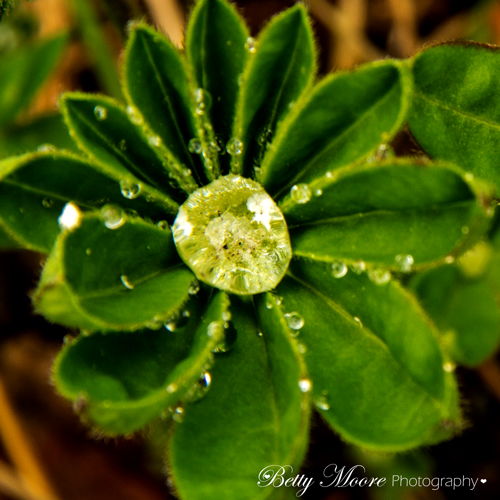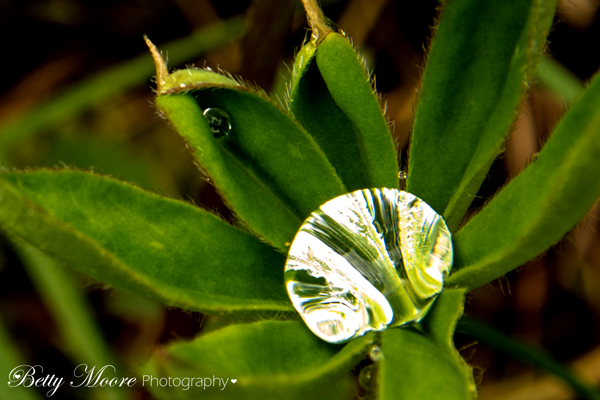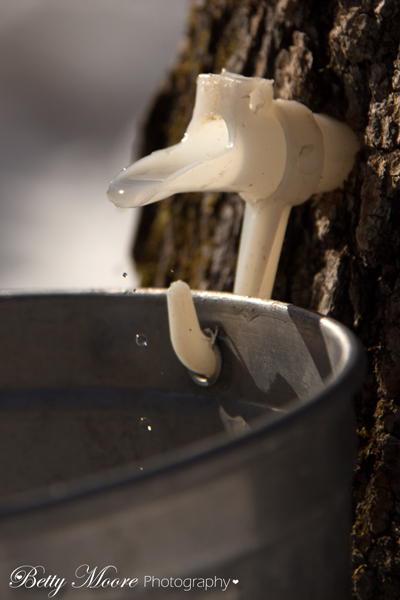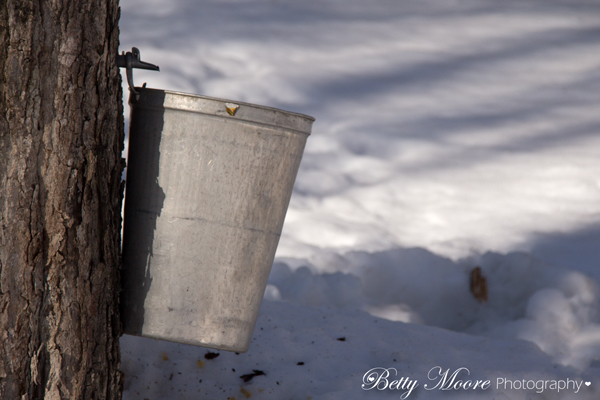It is definitely looking like spring here now. The snow is gone, and the ice is out of the lake.
When I was going through my photos, I saw some that I had taken of the sap being collected in buckets up behind our house. I'm not sure how good the season was in this area, but when we were out for a walk a few weeks ago, we saw some dripping of the sap.
Quite a few people in our area, especially those who are selling the syrup, use lines - plastic hoses hooked up to the trees. However, there are still a lot of people who use the pails hanging on the trees. Most people have covers on the pails, but these ones don't.
As you can see, the sap collects in the bottom of the pail. It can be a tiring job going around collecting the sap from each of the pails.
From what I understand, it takes about 40 gallons of sap to make about one gallon of syrup, and each tree gives about 10 gallons per season. Lots of work, but maple syrup is pretty good.
